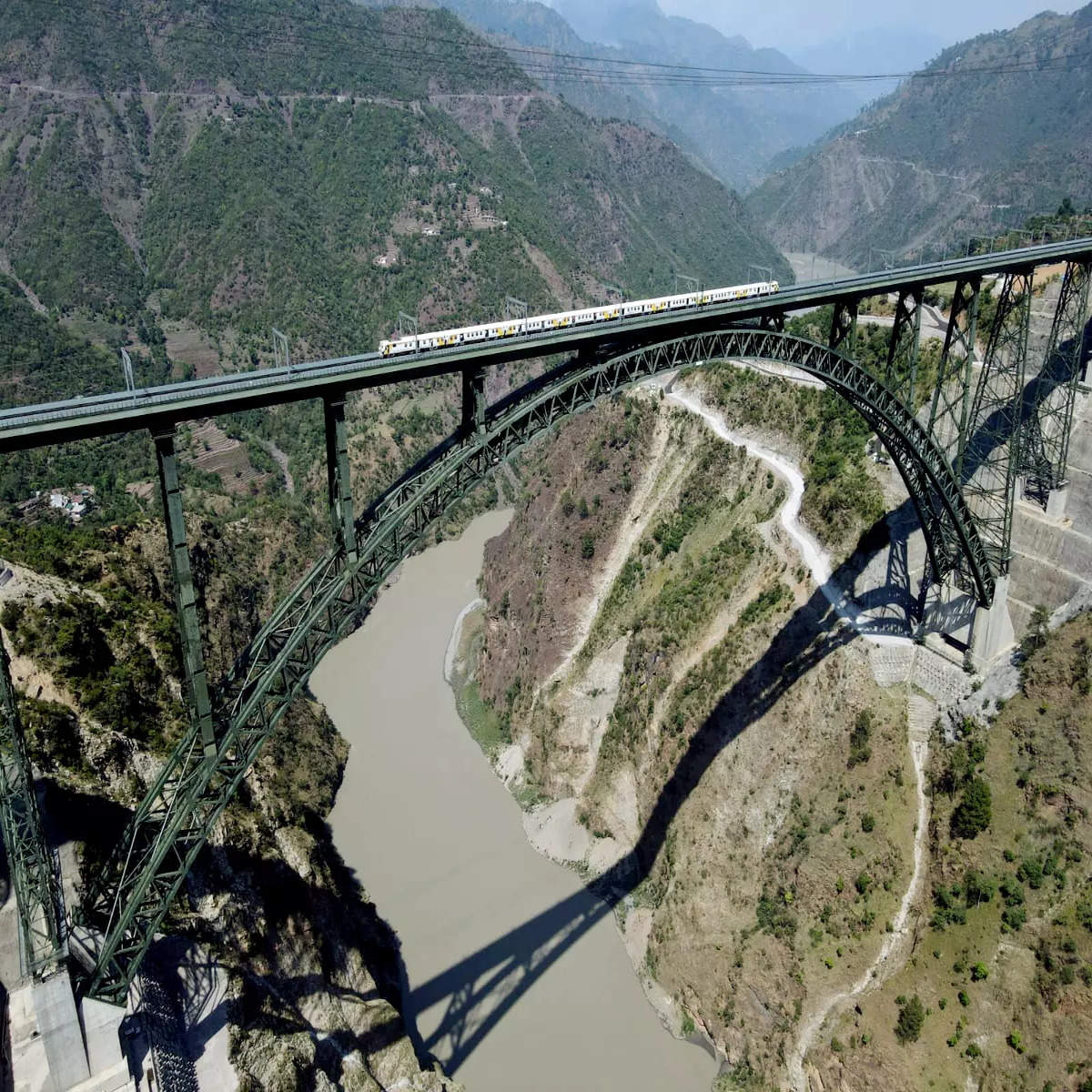Latest on the Katra - Banihal section....
Looks like local service between Sangaldan and Banihal will begin within the next couple of weeks as soon as CRS (Commissioner of Railway Safety) inspection and certification is completed. Current plans are for CRS certification to be completed by the 12th of Feb with a visit by a diesel loco that day. On the 16th the first electric train, an EMU is scheduled to visit and apparently the GM of Northern Railway, the Railway Minister and the Prime Minister Mr. Modi are scheduled to visit that day to formally inaugurate service.
There has been a setback in Tunnel 33 (previously Tunnel 1) between Katra and Reasi with the collapse of a roof portion which will delay opening of the Katra to Reasi section by a month or two.
There is several weeks of work that needs to be completed at Sawalkot Station before service can be extended from Sangaldan all the way to Bakkal across the Chenab Arch Bridge.
Track laying is just starting on the the Cable Stayed Anji Khad Bridge and will take several weeks to complete track laying and OHE installation. Upon its completion service can be extended from the north to Reasi. That will leave only the segment involving Tunnel 33.
Here is an article covering most of this in an interview with the General Manager of Northern Railway.
https://newsstation.media/latest-ne...ce-banihal-sangaldaan-operations/siddharatha/
For reference here is a schematic of the segment under construction:
The locations marked with a name followed by (RS) are the stations. A few stations have changed names since this diagram was put together. From the North:
Arpinchal -> Khari
Basindadhar -> Sawalkote
Salal -> Bakkal
Reasi Road -> Reasi
The names on the right are the ones that appear on the Station Name Boards at the actual stations.
About 98 km of the 111 km segment is in tunnels, so only 13 km gets to see daylight, including from high bridges like the Chenab Bridge adjacent to Bakkal station and the Anji Khad Bridge between Reasi and Katra.
This line crosses the Himalayan Foothills and Shivaliks between Jammu and Katra, the Outer Himalayas between Katra and Chnab Bridge, and the Pir Panjal Range between Chenab Bridge and Qazigund under Banihal Pass. through the Pir Panjal Tunnel just North of Banihal Station. The main Himalaya Range is on the North of Kashmir Valley, and is crossed by the Srinagar - Leh National Highway at Zoji La Pass, now through the new Zoji La Tunnel.




